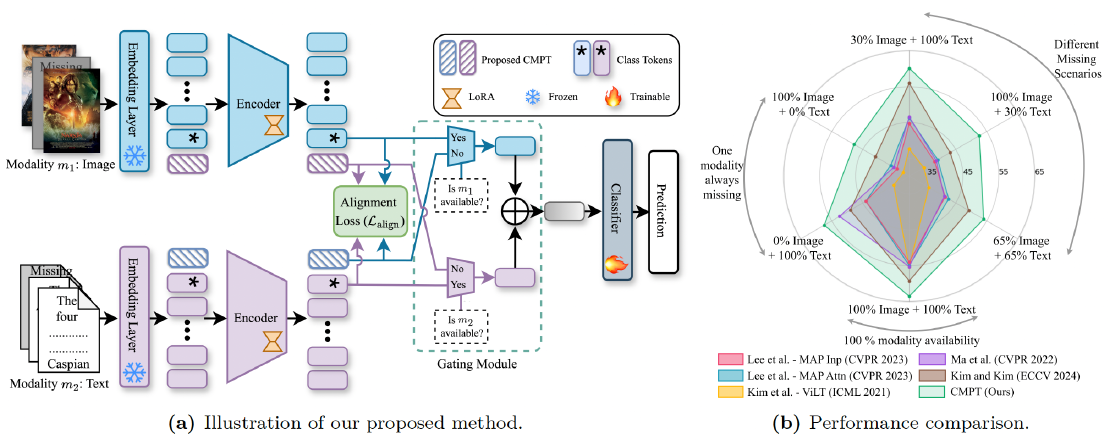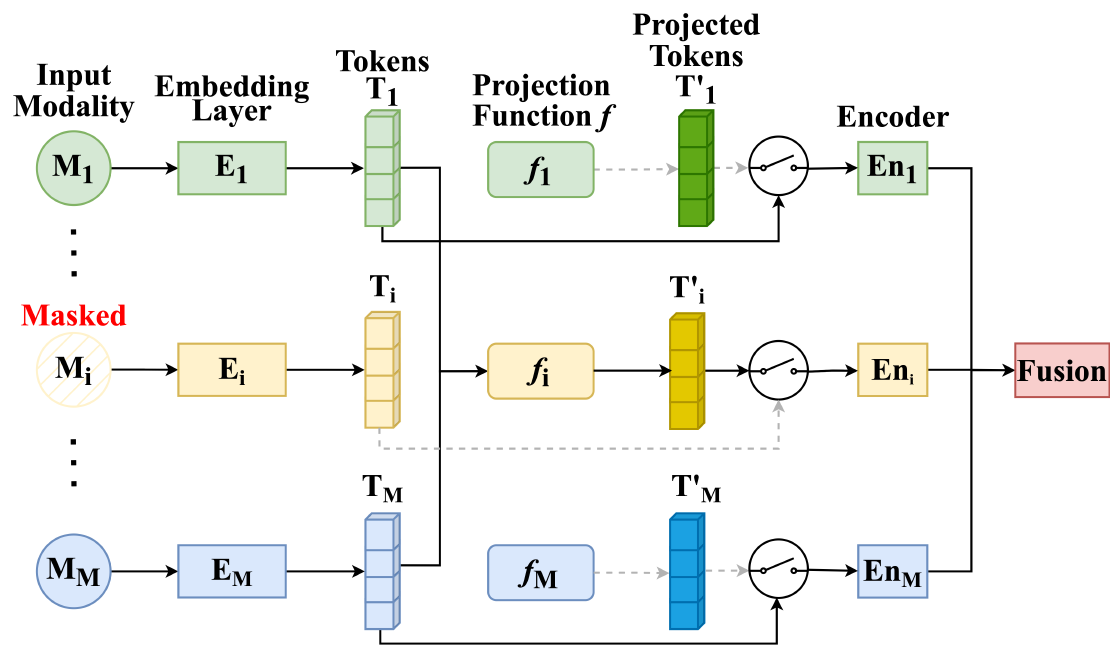Increase Your Research Visibility: How to Ensure Your Research Gets the Attention It Deserves
You have spent a few months, maybe even years, into your research. The late-night experiments, the endless cycle of writing and revising, the nail-biting wait for peer review. Finally, the paper is accepted or goes live on a preprint server like arXiv . You post a link in the lab Slack channel and maybe on LinkedIn.
And then… silence. A few polite likes from colleagues, but no real discussion. No retweets from leaders in your field. No emails from potential collaborators. No new citations on the horizon.
Your groundbreaking work feels like it has been dropped into an academic void.
In today’s hyper-competitive academic world, incredible research is published every single day. Great work without visibility stays hidden. But what if you could strategically ensure your research finds the audience it deserves?
The secret is not luck. it is a strategy. You need to think like a growth hacker!
🎯 What is Growth Hacking for Academics?
Born in the fast-paced world of tech startups, growth hacking is the process of using creative, low-cost, and data-driven strategies to achieve massive growth. For academics, it is not about marketing fluff or overhyping your results. It is about systematically and cleverly amplifying your research to connect with the people who need to see it.
It is about helping the right audience discover, use, cite, and build upon your work. Let us break down how to do it.
🔍 Step 1: Craft Your 30-Second Core Message
Before sharing your work, you need to make it digestible. The harsh reality is that most people will only skim. Your first goal is to distill your complex paper into a message they can grasp in 30 seconds.
How to Do It:
- Go through the introduction of your paper. Summarize each paragraph in a single, simple sentence.
- For each sentence, find the most compelling figure, diagram, or result from your paper that illustrates the point.
- This sentence-and-visual pairing becomes the backbone of your entire communication strategy—from Twitter threads to conference posters.
Why It Works:
You are fighting the “curse of knowledge.” You understand the nuances, but a new reader does not. Simple, powerful ideas are what stick and get shared.
📌 Pro Tip: Use a free tool like Canva to create simple animations or clean diagrams to explain abstract concepts visually. A short GIF is often more powerful than a static, complex chart.
🌐 Step 2: Build a Dedicated Project Website
Your paper lives behind a paywall or in a dense PDF. A project website gives it a public, accessible home base.
Why You Need One:
- Engagement: It is far easier and more inviting to explore than a 20-page PDF.
- Discoverability: A public website is indexed by Google, making your work easily findable.
- Analytics: You can track who is visiting your site and where they are coming from using analytics tools.
How to Build It (Easier Than You Think):
- GitHub Pages : Free, fast, and professional. Use this Academic Project Page Template to get started in minutes.
- Notion : You can build a clean, beautiful page and make it public with a single click.
What to Include:
- Your core message and key visuals at the very top.
- Clear links to download the paper (PDF, arXiv) and get the BibTeX citation.
- Links to your code on GitHub.
- An embedded GIF or short video demo of your work.
🐦 Step 3: Unleash the Power of a Twitter Thread
A Twitter (X) thread is the single most effective way to get your research in front of thousands of academics and enthusiasts in your field.
How to Write a Killer Thread:
- The Hook: Start with your most surprising result, a stunning visual, or a bold claim. Your first tweet determines if anyone will click “Show more.”
- The Story: Use your “core message” sentences as the body of the thread. Each tweet should build on the last.
- Be Visual: Add one compelling image or GIF to every single tweet.
- Engage: Use relevant hashtags (
#deeplearning,#phdchat,#econtwitter) and tag your co-authors, your university, and any relevant institutions or key researchers (sparingly!). - The Call-to-Action: The final tweet should contain all the crucial links: Project Website, GitHub Repo, arXiv/Paper link.
📌 Pro Tip: Use a tool like Typefully to draft and schedule your thread in advance. Don’t forget to ask friends and labmates to engage with it early. Initial traction signals to the algorithm that your content is valuable.
💻 Step 4: Polish Your GitHub Repository
If you are releasing code (and you should do it whenever possible), your GitHub repo is not just a code dump. it is a product. Make it easy for others to reproduce your work, and they will be far more likely to cite and build upon it.
Reproducibility Checklist:
- A Comprehensive README: Your
README.mdis the front page. It should include a short introduction, setup instructions, usage examples, pretrained model links, and a clear “How to Cite” section with a BibTeX snippet. - Social Preview Banner: Create a custom social preview image so that when you share the link, it looks professional. Use this GitHub Social Banner Guide to set it up.
- Add Topics: Use GitHub topics to make your repository discoverable (e.g.,
computer-vision,bioinformatics,machine-learning,data-visualization). - Link Back: Add the repository link to your paper and project website.
📤 Step 5: Submit to arXiv Early and Strategically
Don’t let the long peer-review process kill your momentum. The conversation around your research can start the moment you post it to a preprint server.
How to Optimize Your Submission:
- Submit a clean, well-formatted document. Messy LaTeX makes a poor first impression.
- In the “Comments” metadata field, add a link to your project website and code. This link will appear directly under the title on the abstract page.
- Cross-list your paper in secondary categories to maximize its reach.
- For submission guidelines, refer to the official arXiv documentation .
📌 Pro Tip: The academic internet buzzes on weekends. Submit your paper on a Thursday evening (UTC) to appear at the top of the mailing list on Friday morning in the US, giving it prime visibility.
📊 Step 6: Get Featured on Papers With Code
For fields like AI, ML, and computer science, Papers With Code is a critical discovery platform. It is the go-to place for researchers looking for benchmarks and implementations.
How to Get Listed:
- Once the paper is on arXiv, submit it to Papers With Code.
- Link your GitHub repository to the paper.
- Add your results to the relevant benchmarks and leaderboards on the site.
- Once listed, add the official “Papers With Code” badge to your GitHub README and project webpage. This lends immediate credibility.
📣 Step 7: Concentrate Your Launch Day Firepower
The first 24-48 hours are crucial. Your goal is to concentrate your sharing efforts to create a “launch event” for your paper, signaling that something important is happening.
Distribution Checklist:
- Twitter/X: Primary announcement thread.
- LinkedIn: A more professional-toned post highlighting the key takeaways.
- Reddit: Find relevant subreddits (e.g.,
r/MachineLearning,r/science,r/labrats) and share the work, always following the community rules. - Specialized Communities: Post in relevant Discord servers, Slack channels, and academic mailing lists. Tailor your message for each audience.
📌 Ask for Help! A day before you post, send a preview to a small group of friends and colleagues and ask them to share it once it goes live.
🌍 Step 8: Maintain Your Personal Academic Website
Your personal website is the central hub of your academic identity. While social media platforms change, your own site is the one piece of online real estate you truly control. All your growth hacking efforts should ultimately point back here.
Must-Haves:
- A short, clear biography.
- An updated list of publications with links to the project sites and papers.
- Links to your GitHub, Google Scholar, and social media profiles.
- A clear contact method.
📌 Pro Tip: Use a simple analytics tool like Plausible or Simple Analytics to see how people are finding you and what research they are most interested in.
🖼️ Step 9: Design a Poster That Stands Out
At a crowded conference, your poster is a billboard for your research. Don’t just shrink your paper onto a giant sheet.
Rules for a Bold Poster:
- Massive Title: It should be readable from 20 feet away.
- White Space is Your Friend: A cluttered poster is an unread poster. Be ruthless in cutting text.
- One Key Insight: What is the single most important sentence you want someone to remember? Make it huge.
- The Mighty QR Code: Create a QR code that links directly to your project website. People can scan it to get the paper, code, and slides instantly.
🔁 Pulling It All Together: The Hub-and-Spoke Model
Think of your personal website as the hub. Every other platform—Twitter, GitHub, arXiv, Reddit—is a spoke. Use the spokes to drive traffic and attention back to your central hub, where you control the narrative.
- Engage: Growth is social. Reply to comments, answer questions, and thank people for sharing.
- Analyze: Use analytics to see which channels drive the most traffic and engagement. Double down on what works.
- Compound: Visibility is not a one-time event. It compounds. Each well-communicated paper builds your reputation for the next one.
✅ Growth Hacking Checklist
| Task | Done |
|---|---|
| 📄 Summarize paper into a core sentence-per-paragraph story | ☐ |
| 🌐 Create a project website with visuals, code, and links | ☐ |
| 🐦 Write and post a compelling Twitter thread | ☐ |
| 💻 Polish GitHub repo (README, social banner, topics) | ☐ |
| 📤 Submit clean paper to arXiv with all links | ☐ |
| 📊 Add paper and code to Papers With Code | ☐ |
| 📣 Announce on Twitter, Reddit, LinkedIn, & other communities | ☐ |
| 🌍 Update personal website to feature the new project | ☐ |
| 🖼️ Design a clean, visual poster with a prominent QR code | ☐ |
🎬 Final Thoughts
In academia, the best paper doesn’t always win. The best-communicated paper often does.
Growth hacking is not about being loud or distorting your findings. It is about bridging the gap between your hard work and the people who will value it most. It is about giving your research the audience, the impact, and the future it truly deserves.
So the next time you publish, don’t just hit “submit.” Hit “share,” “build,” and “engage.” Let the world see what you have created.
I’d love to learn from your experience as well. Please share your own successful strategies or challenges in the comments below—let’s continue the conversation.
Acknowledgement: This article is based on a presentation by Eliahu Horwitz and my own experience. Through trial and error, I have compiled the most effective practices that have worked for me.
The header image is Designed by Freepik .
Related Posts
From Paper to Podium: How to Convert a LaTeX Project to a Presentation Using LLMs
Imagine this: you’ve just wrapped up a semester-long research project. Your LaTeX paper is polished, perfected, and submitted to a top-tier conference.
Read moreRobust Multimodal Learning via Cross-Modal Proxy Tokens
Imagine an AI designed to understand the world through multiple senses—like sight and hearing. It can identify a cat by both its picture (vision) and its “meow” (audio).
Read moreMMP: Towards Robust Multi-Modal Learning with Masked Modality Projection
In real-world applications, input modalities might be missing due to factors like sensor malfunctions or data constraints. Our recent paper addresses this challenge with a method called …
Read more


